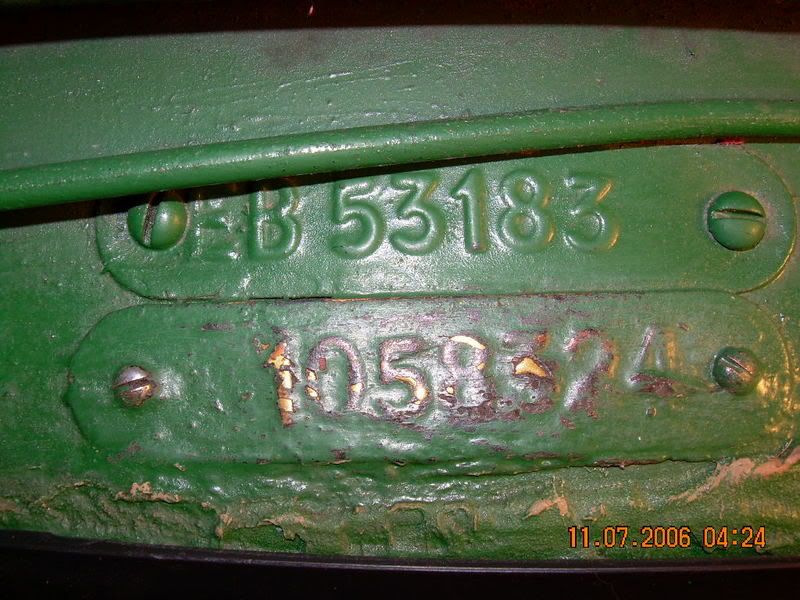Harry_Ward
Jedi Knight
Offline
George,
Took some pics of mine late last night and will post when I get home at 3:10 EST. I'm pretty sure the EB plate was on top with the numbers only plate directly below. They used two different sized -fat- round head flat screwdriver type screws for each plate. Need a very thin screw driver to fit either one. Almost looks like the screw that holds the fender bead on but smaller. Both plates on my car were spray painted rustoleum hunter green by the PO but it's nice to know one is brass and should clean up nice when I get around to doing the engine compartment.
Took some pics of mine late last night and will post when I get home at 3:10 EST. I'm pretty sure the EB plate was on top with the numbers only plate directly below. They used two different sized -fat- round head flat screwdriver type screws for each plate. Need a very thin screw driver to fit either one. Almost looks like the screw that holds the fender bead on but smaller. Both plates on my car were spray painted rustoleum hunter green by the PO but it's nice to know one is brass and should clean up nice when I get around to doing the engine compartment.

 Hi Guest!
Hi Guest!

 smilie in place of the real @
smilie in place of the real @
 Pretty Please - add it to our Events forum(s) and add to the calendar! >>
Pretty Please - add it to our Events forum(s) and add to the calendar! >> 
